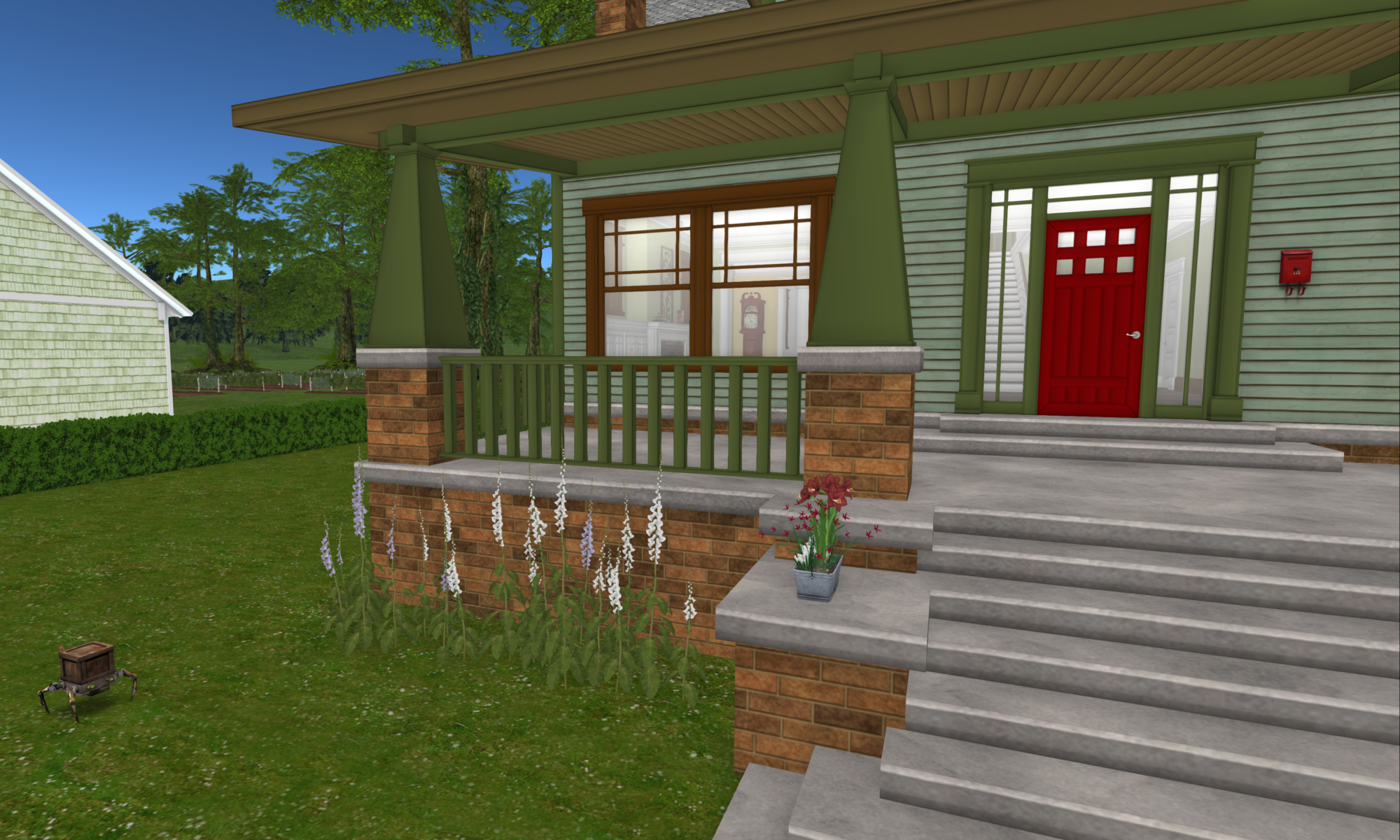And I was so excited about it: Designing Your Second Life: Techniques and inspiration for you to design your ideal parallel universe within the online community, Second Life by Rebecca Tapley.
The strengths of this book are exactly as the title suggests: design guidance and inspiration. It is not a how-to book—and Tapley is very clear about that. It does have a few step-by-step elements, but few are sufficient to actually accomplish the task described. The chapters that most directly address design elements are the best: chapter two, Designing Your Avatar; three, Designing Your Look; and eight: Designing Your Empire, although none are free of the flaws found throughout the book.
The biggest problem I have with the book is the errors. The second problem I have is misleading opinions. And thirdly, the editor, if there was one, did a terrible job. A few examples:
Errors
p. 15: “512 sq/m [sic] (the smallest possible parcel)” (16 m2 is the smallest possible parcel.)
p. 19: “You can buy mainland property, or part of a private island, or pay Linden Lab to create an entire private island to your specifications. However, you should add in the cost of upgrading your account from Basic to Premium if your Second Life account is currently free.” (No premium account is required to own land on a private sim.)
Opinions with which I take exception
p. 10: “So using the Search feature in-world is tremendously flexible, scalable, and responsive to whatever updates or other changes might happen to SL at large.” (I find it powerful but inelegant, difficult to use, and nothing if not undependable.)
p. 17: “Or you can also earn Lindens quickly and easily by just sitting in a chair, dancing on a disco pad, or filling out a survey.” (I guess it all depends on what you mean by “earn,” “quickly,” and “easily.” Not to mention that you’ll be reviled by most active, long-time residents.)
Bad editing
p. 15: see above (m2 or sq. m. would be correct.)
p. 16: “Second Life is three hundred and sixty degrees different.” (360º is facing back where you started; thus, not different at all.)
And that’s it for chapter one.
Over and over again she uses or introduces terms that have not been defined, or describes scenarios that, I believe, can only be understood if you’re already familiar with Second Life.
Considering the fact that her last chapter, about developing a full sim, takes a Gorean estate as its example, it is indeed bizarre that for nearly two-thirds of the book Tapley keeps referring to things as “naughty.” Finally, on page 122:
By now you’ve probably figured out that “naughtiness” is a synonym for that big elephant in the middle of the virtual living room: sex in Second Life. On the one hand, nobody’s able to really ignore it. Sex and sexual behavior are everywhere in SL. Yet on the other, many residents of SL feel strongly about having naughtiness sprung on them. They don’t want to see it, hear it, or be propositioned with it unless it’s their choice.
If you’re feeling nasty and catty and/or catch me when I’m feeling nasty and catty, I might share with you the rest of the dog-eared pages and marginal notes.
